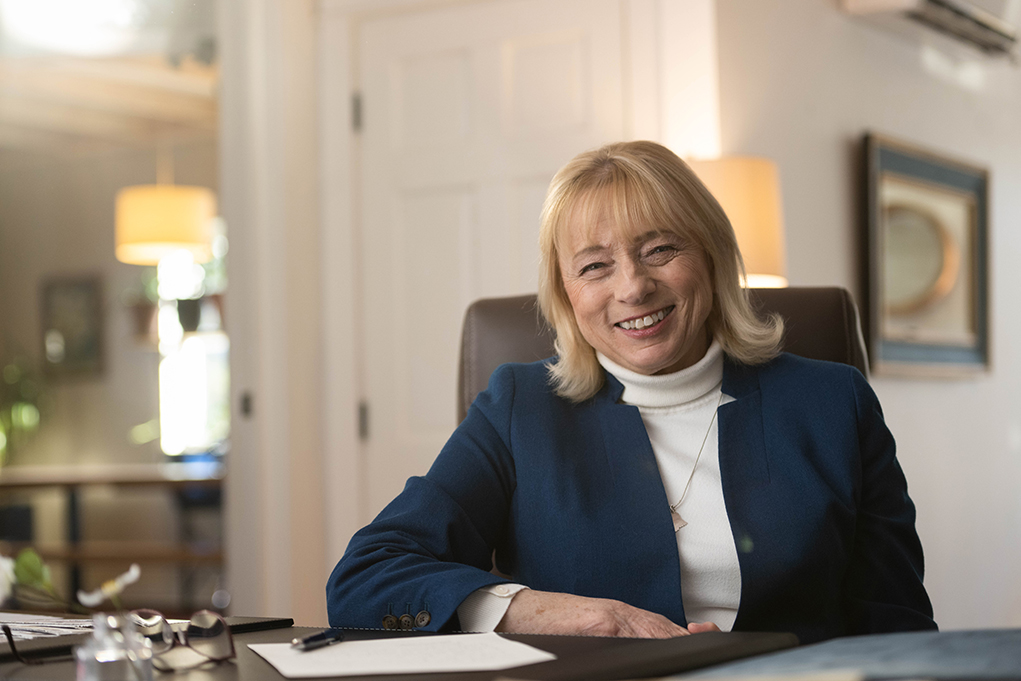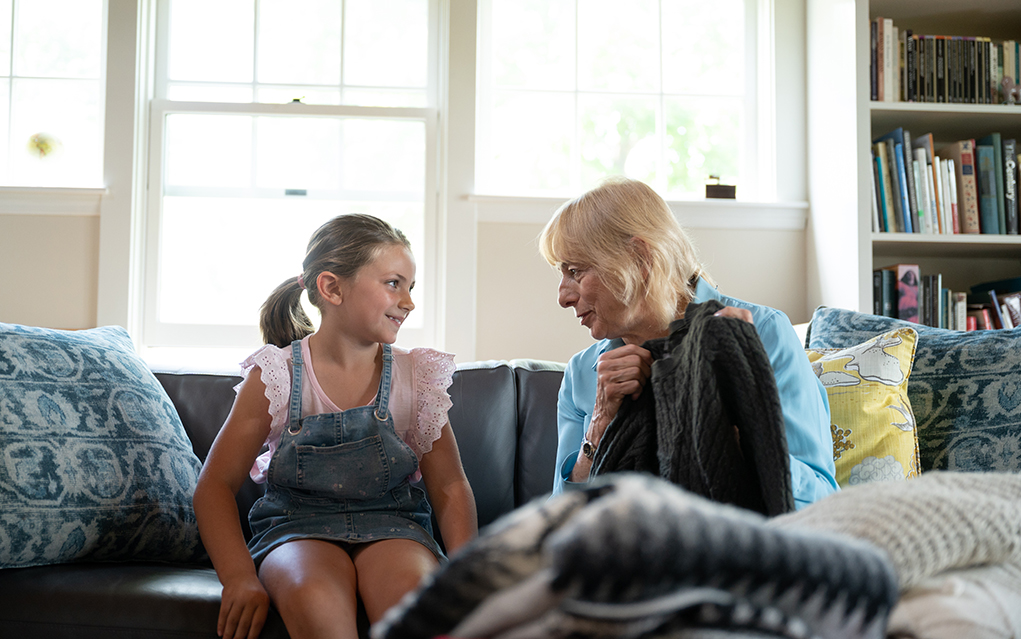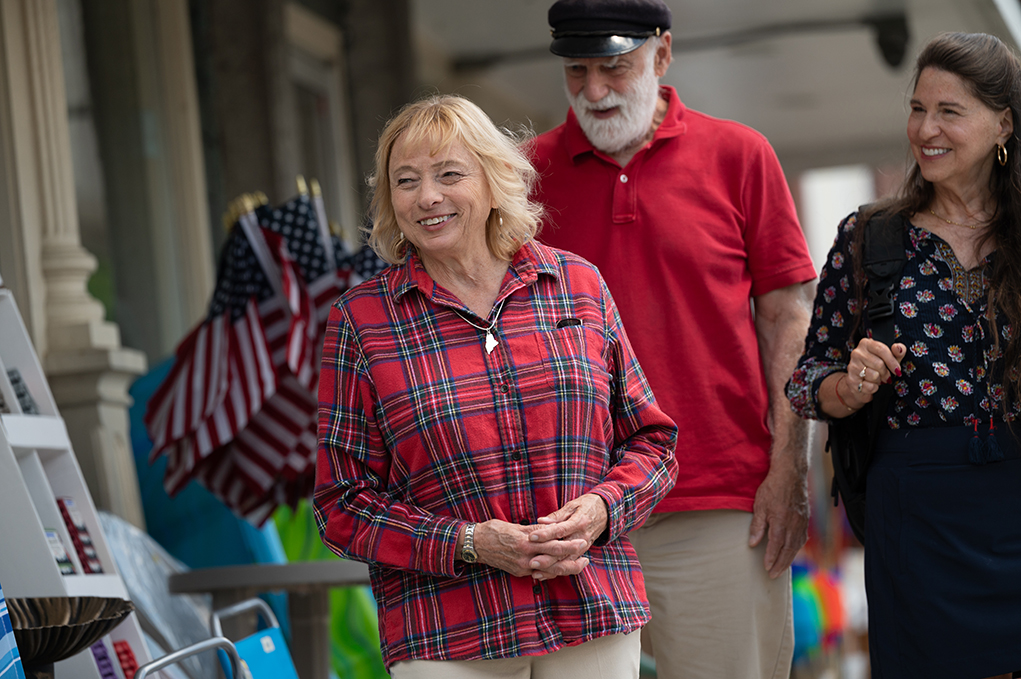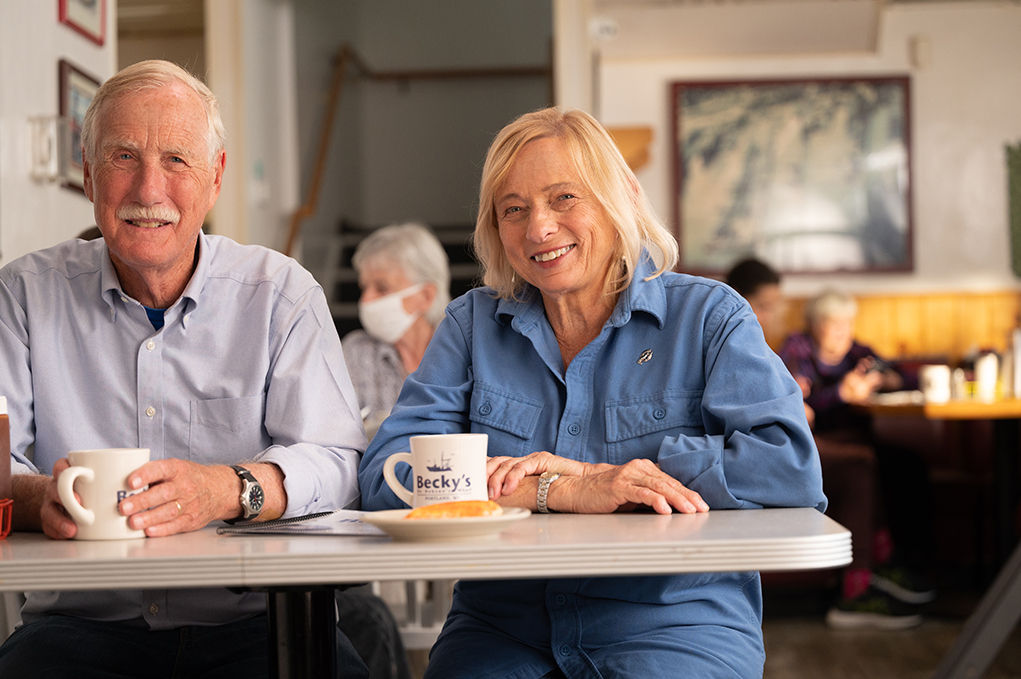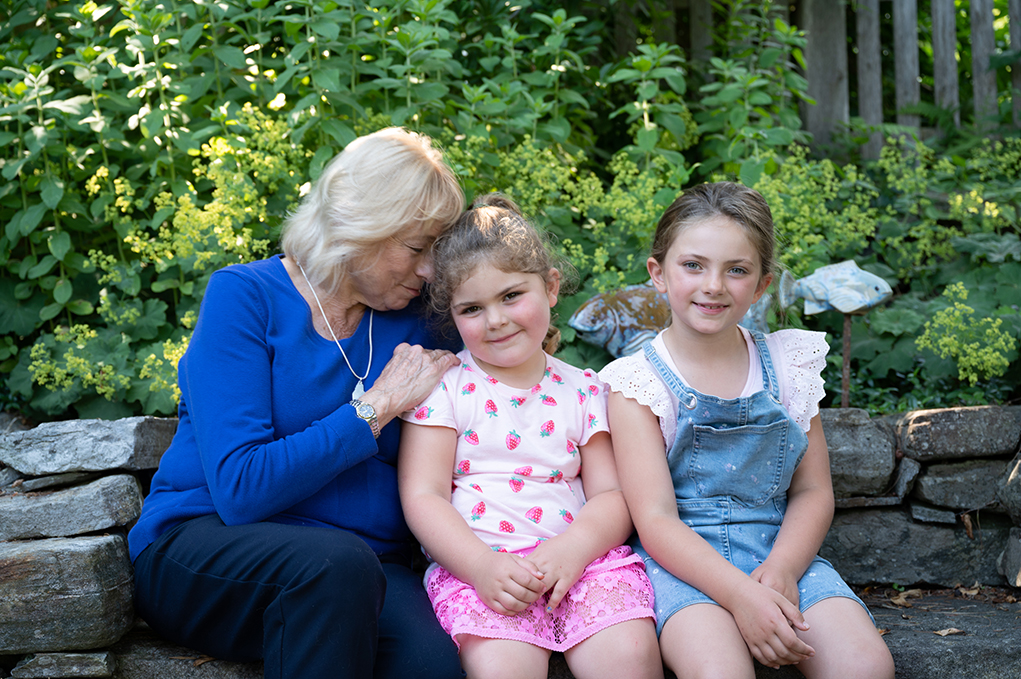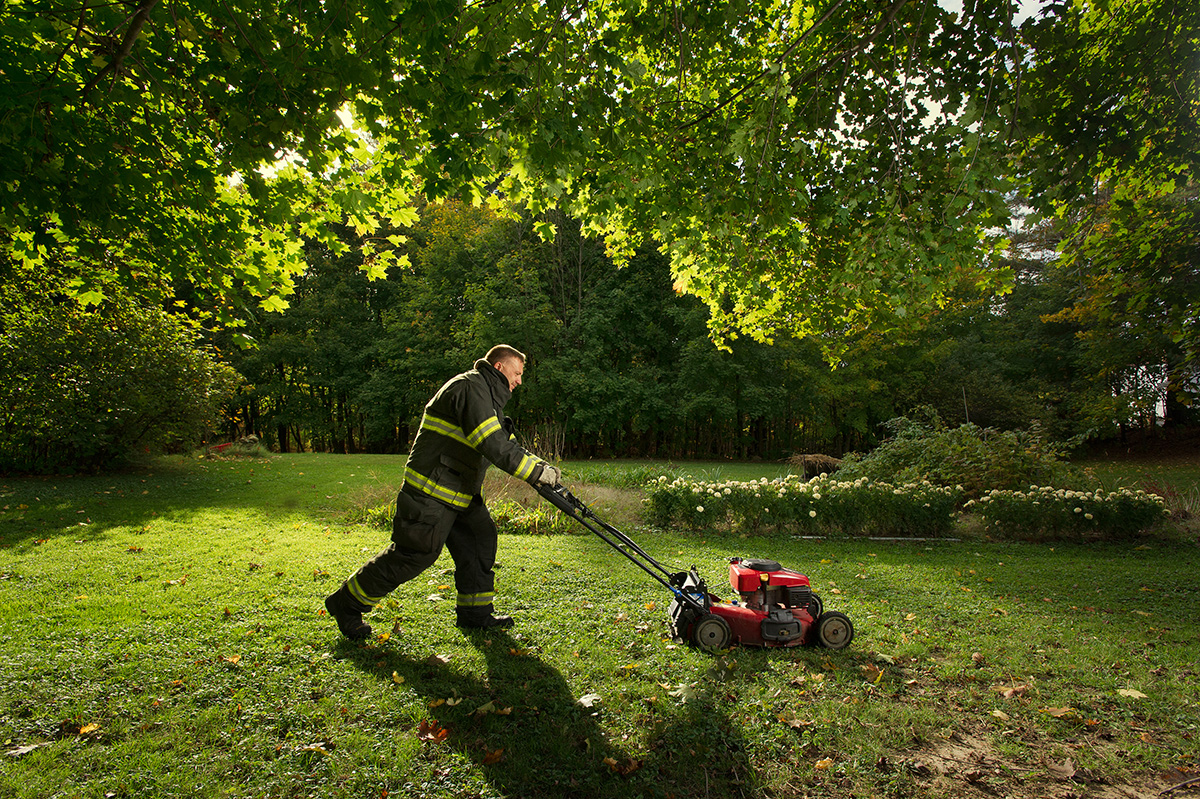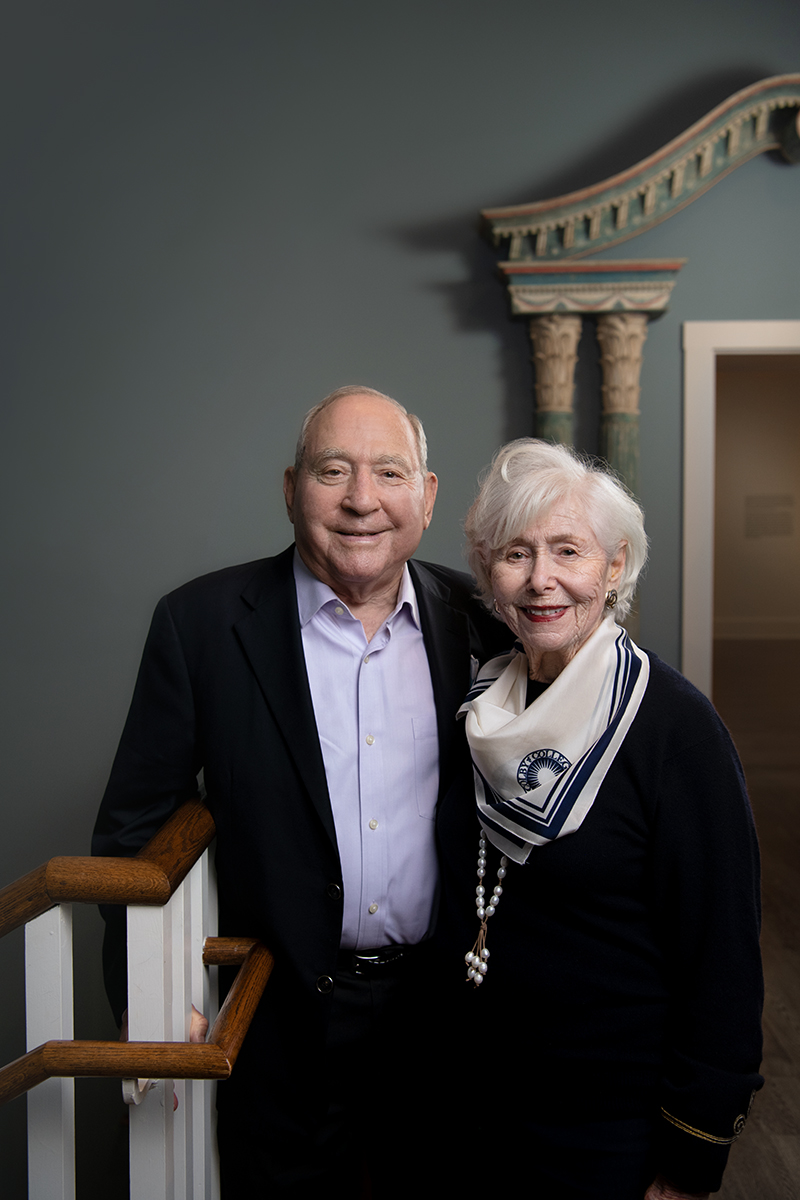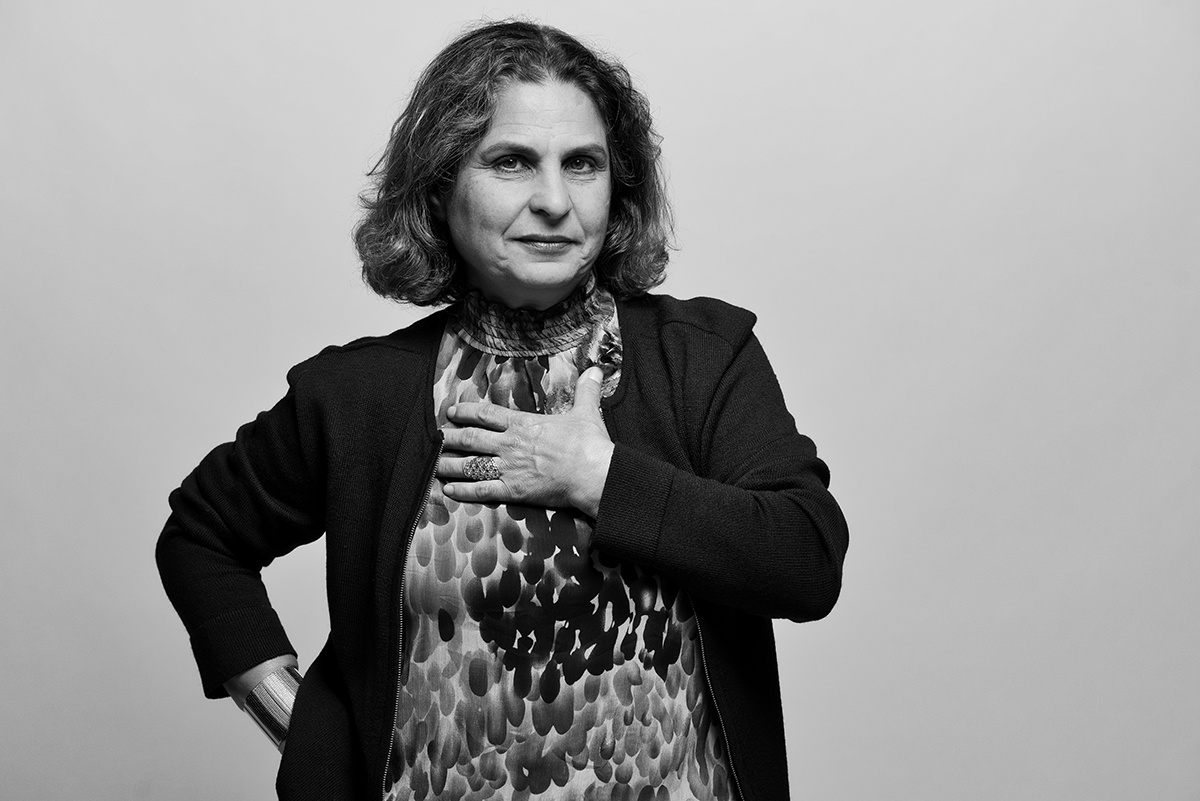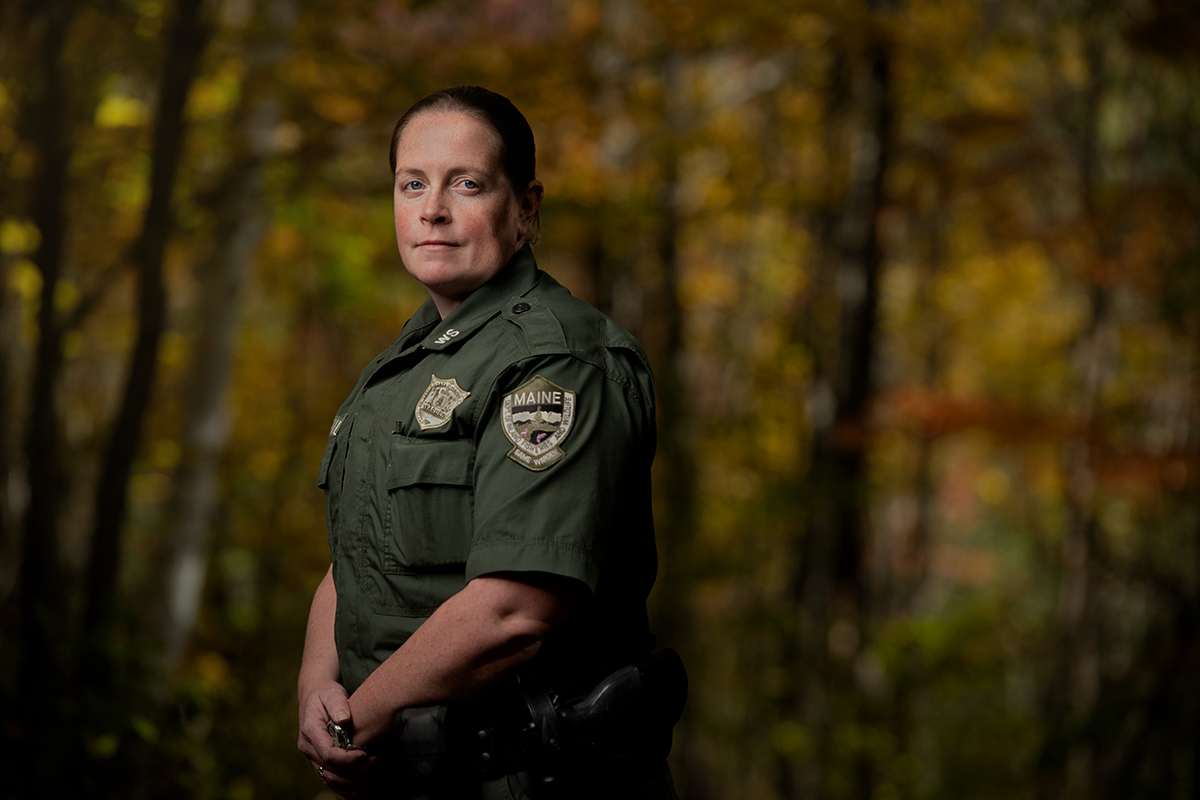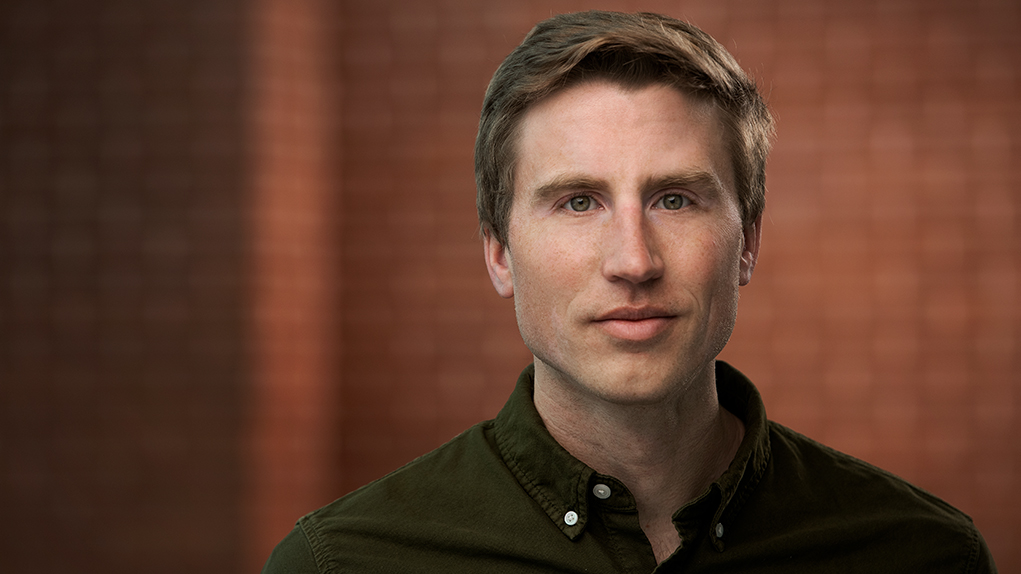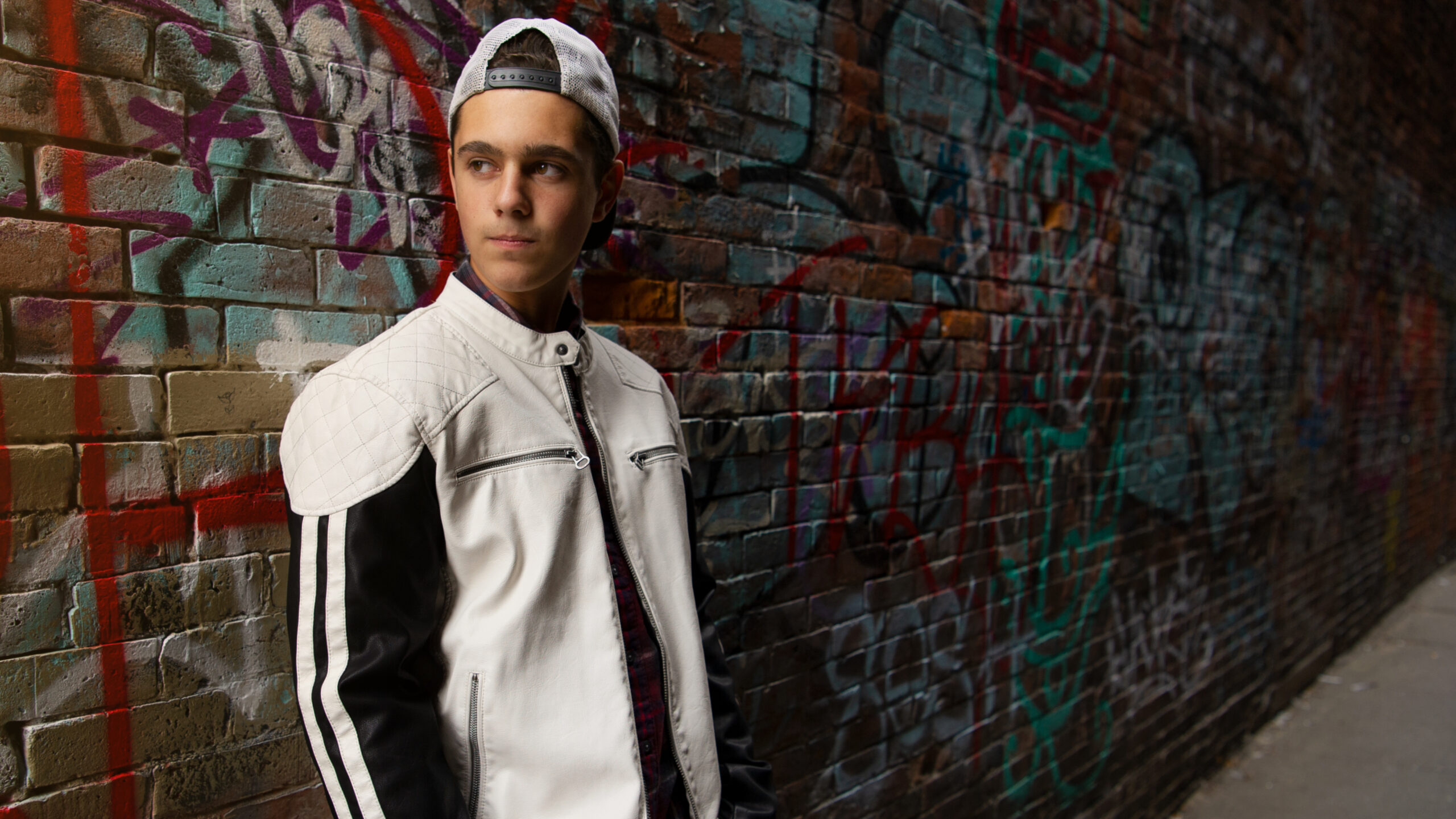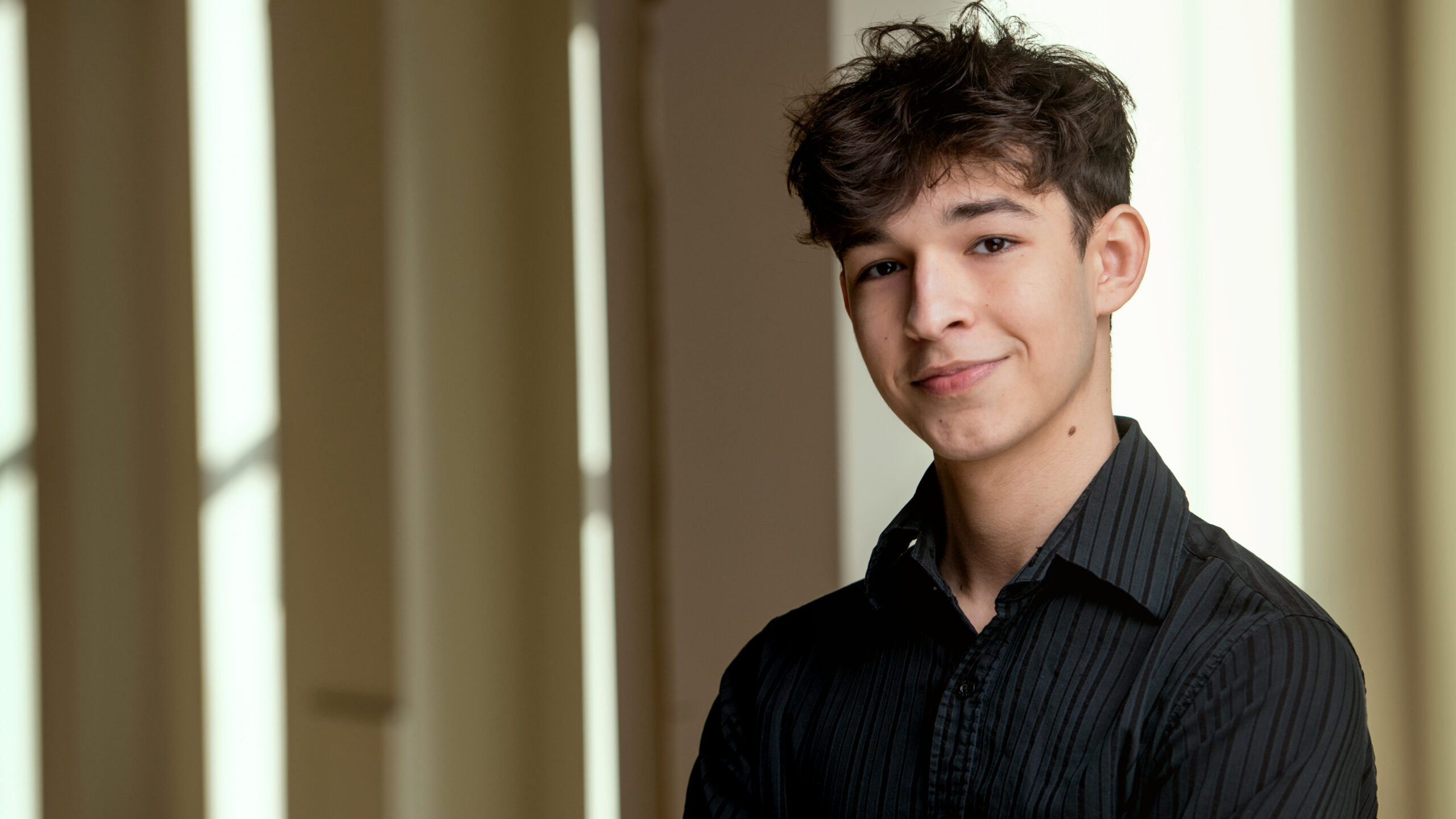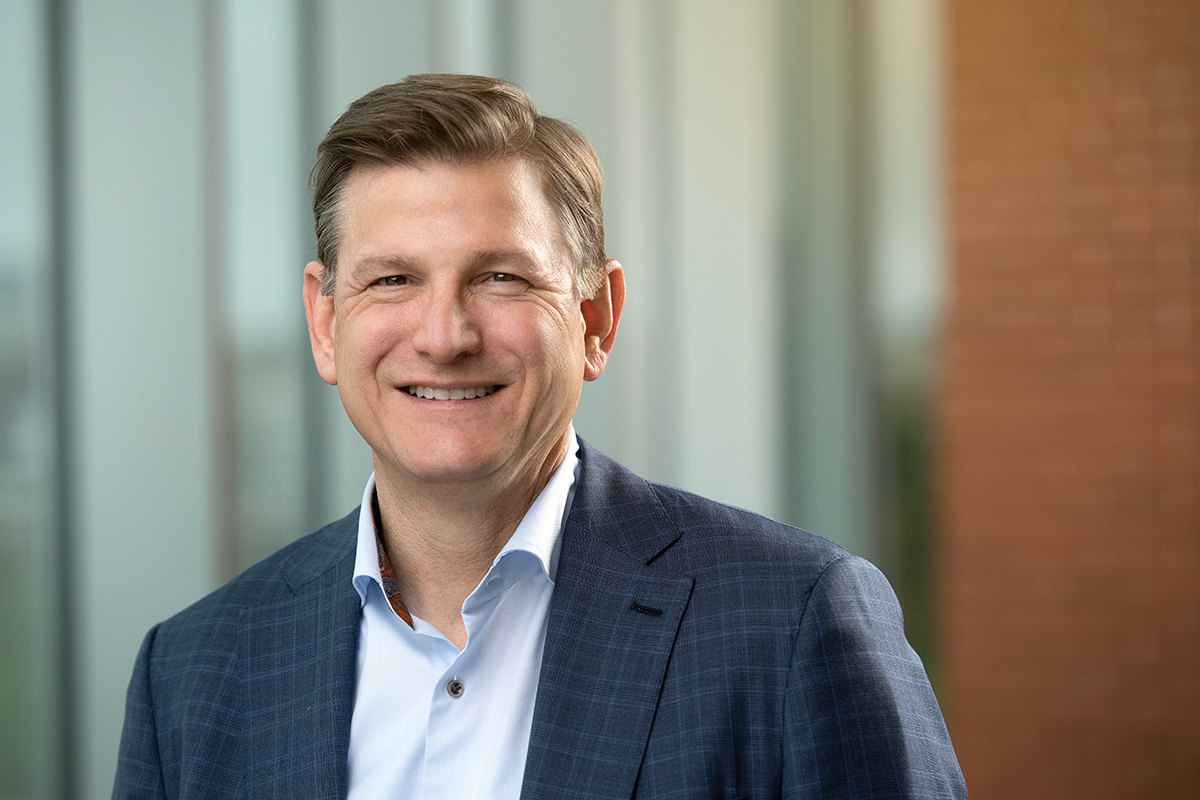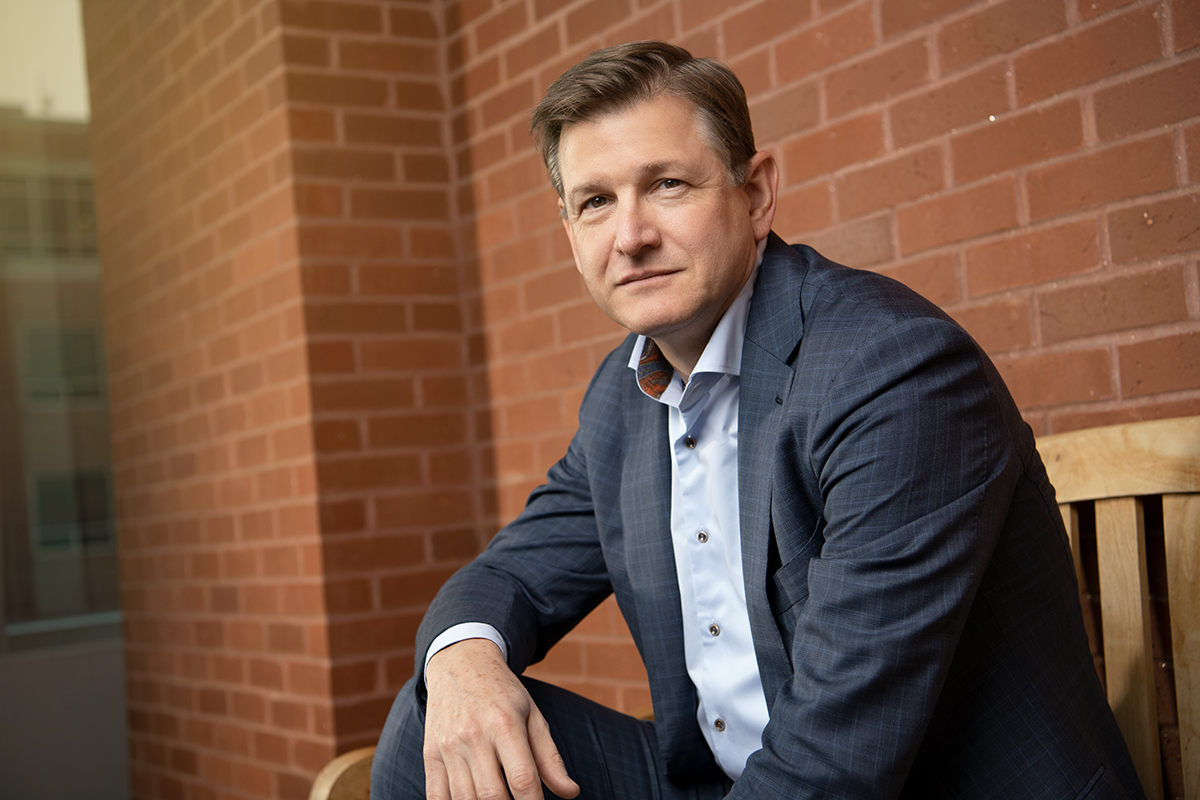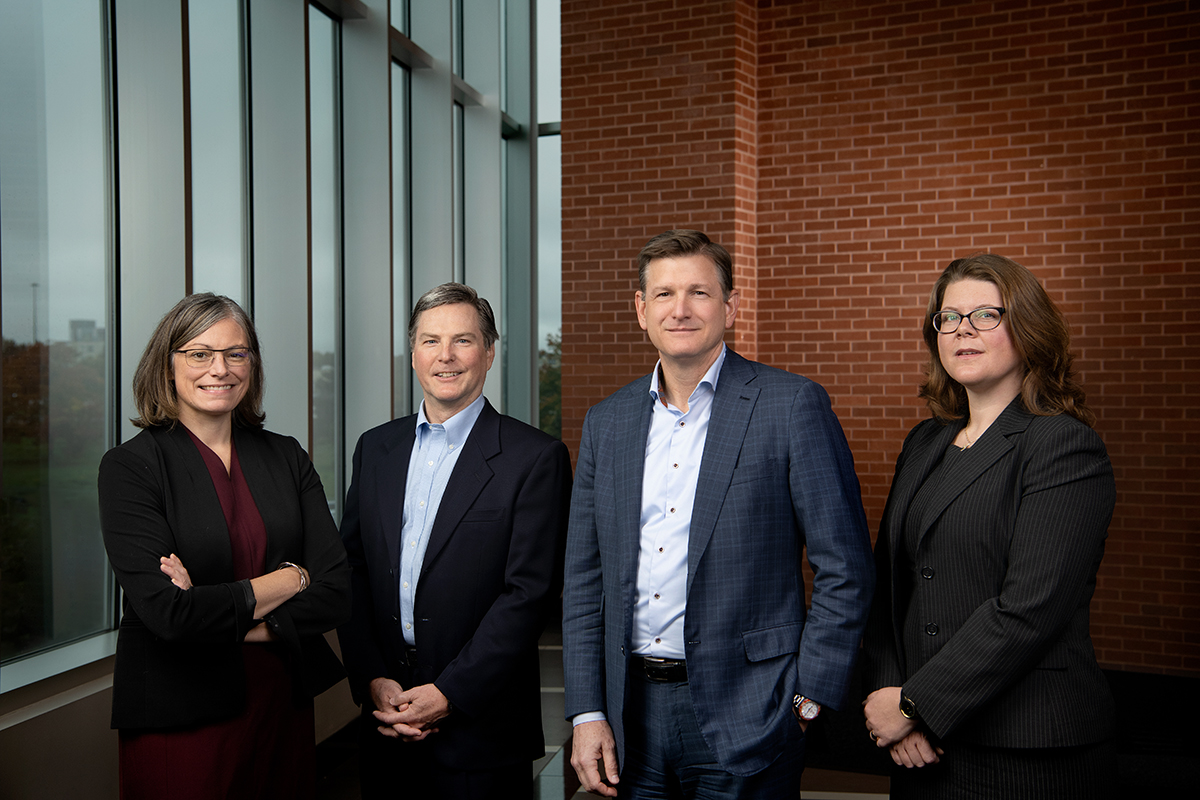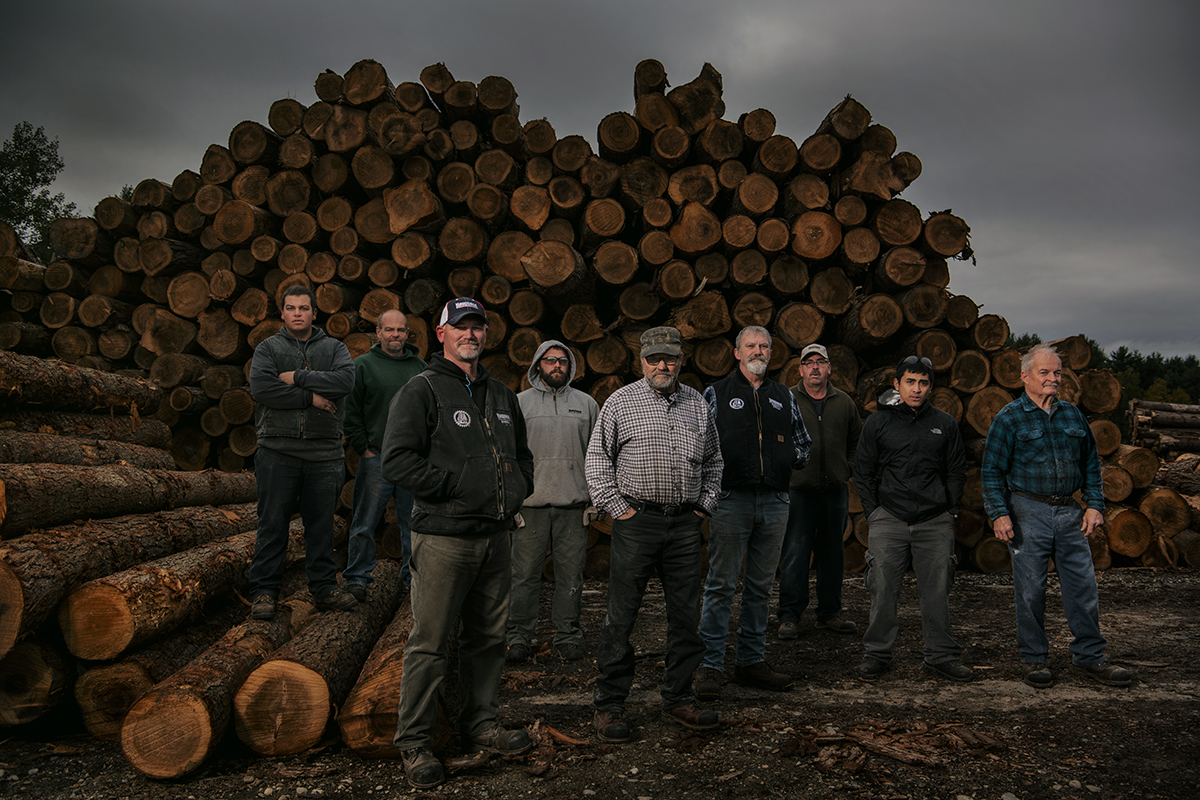Last year, Fitzgerald Photo produced a series of videos for Portland Chiropractic Neurology, a Portland, Maine-based clinic providing uniquely comprehensive treatment that addresses underlying neurological causes for many debilitating and chronic ailments. The videos included instructional, how-to videos, patient testimonials and videos for social media campaigns that we rolled out throughout the year.
I’m happy to share one video in particular that we’ve now released. The goal was to provide a welcoming introduction to the clinic and staff for use on their website. This is a great example of what video does so well: transporting the viewer into a scene while vividly capturing the mood and feel of the clinic and giving a real sense of the patient experience.
These kinds of video productions give an opportunity to tell stories that connect and inform in a way that augments and enhances the still imagery we continue to create. See more of our Maine video productions here.

